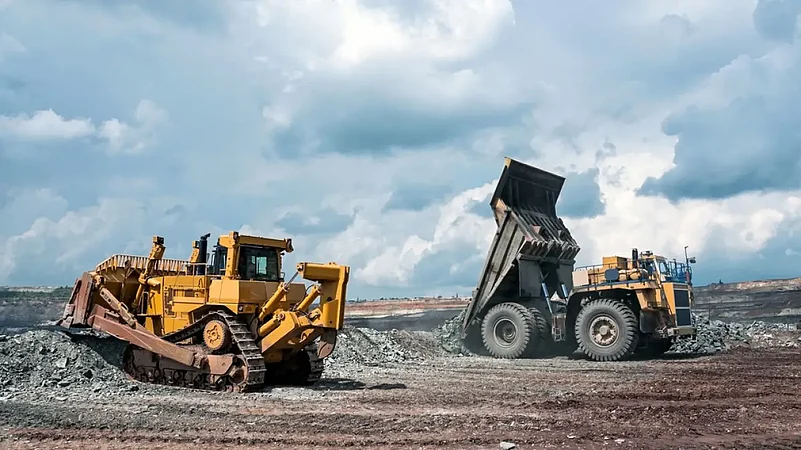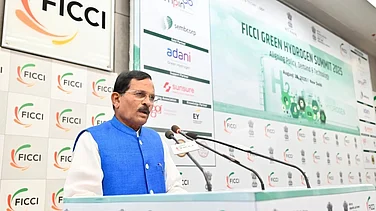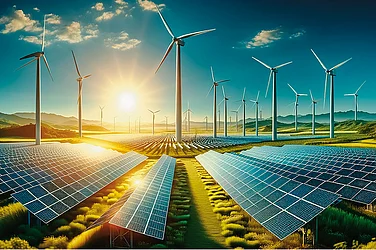The Government is aiming to auction as many critical mineral blocks as possible by 2031 under the newly announced National Critical Minerals Mission (NCMM), Union Minister of State for Coal and Mines, Satish Chandra Dubey said on Friday.
While addressing the FICCI Critical Minerals Matrix session, Dubey mentioned that we have already auctioned 24 critical mineral blocks in our country under the mission and more can be done in this sector with the cooperation between the government and the industry players. “I request you all to take part in this mission of ours so that we become self-reliant in the sector of critical minerals,” he added.
The mission that was approved by the Union Cabinet in January 2025, aims to encourage Indian PSUs and private sector companies to acquire critical mineral assets abroad and enhance trade with resource-rich countries. With an outlay of Rs 34,300 crores, the mission also encourages development of stockpile of critical minerals within the country.
The demand for critical minerals has been visibly on the rise since the last couple of years, especially due to the rise of investments in clean energy technologies ranging from solar panels, wind turbines as well as the rising market of electric vehicle manufacturing in the country.
The inaugural session of the event also witnessed the launch of the ‘Recovery of Critical Minerals from Mine Tailings and Overburden’ report, jointly developed by FICCI and Deloitte. The report reveals that mine tailings, overburden and waste have the potential of untapped critical minerals that are of significant economic value.
Further, the report also reveals that the potential for critical minerals in coal overburden(OB) is around US$ 2.4 to 5.4 billion. However, the report mentions that technical and commercial feasibility stand as huge challenges to critical mineral recovery ecosystem and has thereby laid out certain strategies to establish that ecosystem conducive to the country. The recommended strategies given in the study include focus on policies and incentives, extraction and processing technologies, supply chain development and integration and most importantly capacity building.



























